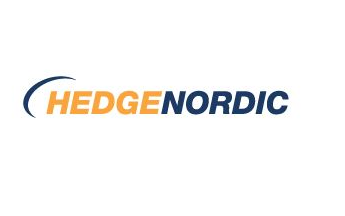
HedgeNordic’s Round Table Discussion on Real Estate & Infrastructure Investments
A SUSTAINABLE FEE MODEL
Teresa Farmaki has strong opinions about fees and presents the way her firm, Astarte, has decided to charge investors in a way they believe rewards performance best. “Realistically everybody understands that there are costs associated with running a portfolio of investments properly. Nobody has a problem paying for those costs. The issue starts when fees go beyond that. How much is it reasonable to pay someone on an ongoing basis? Because it is a close ended structure, investors cannot just leave if they are unhappy. The real issue comes when managers are investing other people’s money, usually with very low alignment. Success-linked compensation is key. The current model of two and twenty, or one and a half and twenty, or even one and a half and fifteen, works well for certain sizes. Sometimes it can generate the wrong incentives.”
Teresa illustrates her point, by describing two situations that have earned this standard fee model a bad reputation. “One version is the one where very large managers of multiple, multi-billion-dollar funds keep charging one and a half or two percent management fees. Is that reasonable? They need some link to or impact on success. The other version is the one where managers take advantage of the closed-ended structure of their product. They go through the investment period, they deploy the capital and then realize that they have actually not been that successful. They no longer expect any carry or returns, so they just sit on the investments to get the management fees.” To remedy these issues, Farmaki proposes the model her firm has adopted. “We have a transparent fixed budget, and we tell our investors how much the running of Astarte Capital Partners costs. We then show how we spread those costs proportionally over the investment period so that we are comfortable that we can run our operations until we can reasonably expect to generate returns. From there, our fees are success-based only. That is the model we found that best aligns our incentive with that of our investors.”
THE RELATIVE NOTION OF ILLIQUIDITY
For Teresa Farmaki, Founding Partner at Astarte Capital Partners, evaluating an illiquidity premium is difficult when there are no directly comparable liquid options. She gives us a concrete example: “If we look at deploying capital in dry-bulk shipping, what could be comparable on the liquid side? We could find listed shipping companies, but they are not pure-plays, and they often have many other aspects that would make them inadequate comparables.” However, Farmaki believes that there is a significant premium to be harvested in the areas she invests in. “There is a premium if you want to call it that, for investing privately or directly into these illiquid assets because accessing these opportunities is difficult. We may also encounter legacy aspects such as existing debt or commingled assets that alter the return profile of a particular investment. In the types of situations, we typically look at, we still often target returns of about 15 to 20 percent, which we generally wouldn’t be able to find in liquid markets.”
SIZE CAN ALSO BE A HANDICAP
Jumping in at this point, Farmaki whose firm, Astarte, targets US$ 500 million assets in 2018, firmly believes that size, to the contrary, can be a disadvantage. “We have a very different experience,” she says. “In today’s world, where you have so much dry powder from many mega funds, it is so difficult to deploy capital that you can destroy yields and returns. Size can play against you if you’re a buyer. Buyers should prefer smaller assets. Sellers prefer larger assets because there is strong competition to buy big-ticket assets. A well-known alternatives consultant recently shared that some of their larger pension clients have even invested in almost zero yield under pressure to deploy capital. At the high-end, the transactions and the assets are so few that the competition becomes significant.”
Please find attached the full publication.